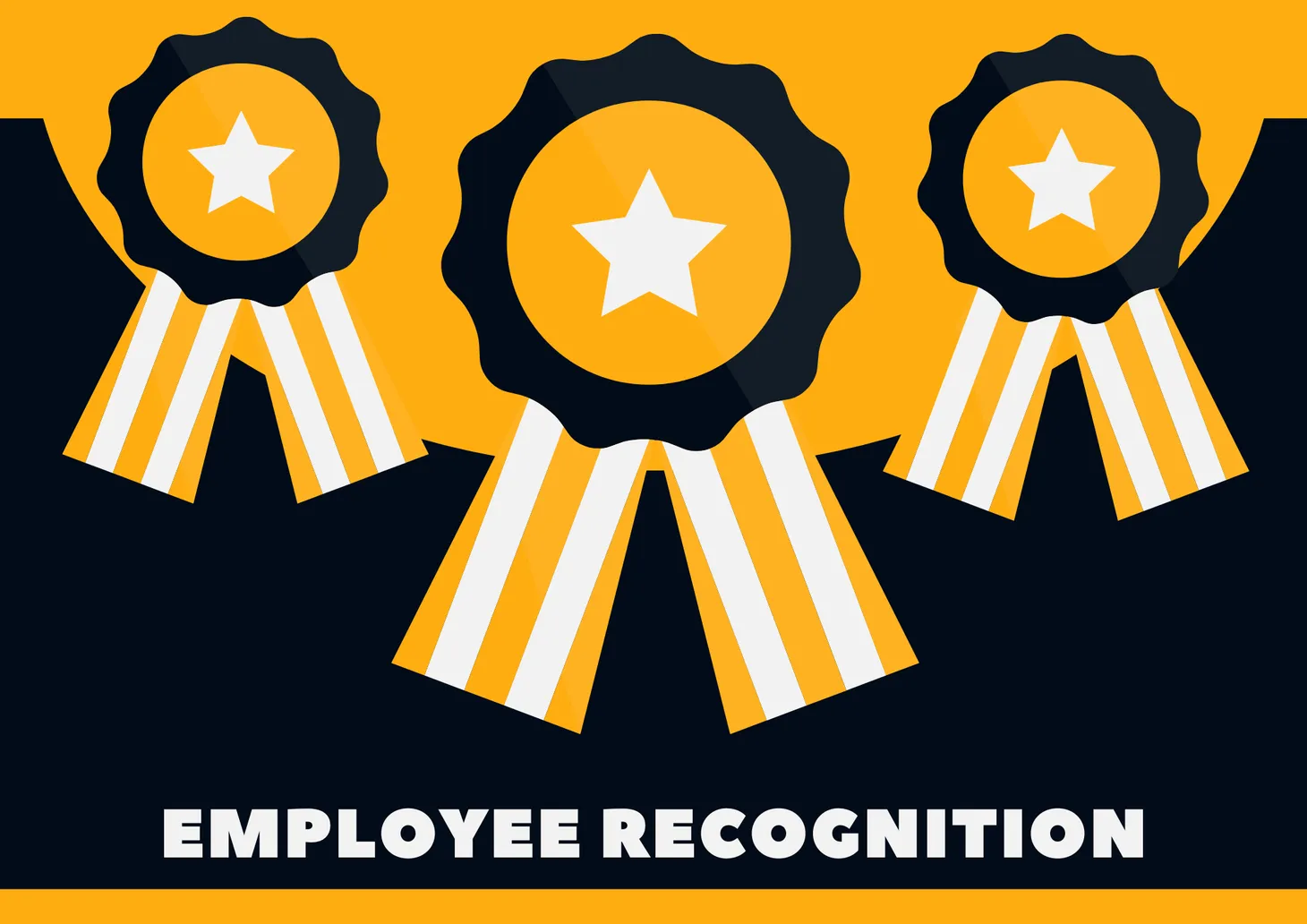Step-by-Step Guide to Crafting a Strategic Staffing Plan for Managers

Table of Contents
Step 1: Develop a Comprehensive Staffing Plan and Secure Funding
Creating an effective staffing plan is crucial for achieving your deliverables. Your plan should address the following key questions:
Identify Required Roles and Skills:
What specific roles and skills are necessary for your project? For example, if you're developing a new automotive diagnostic tool, you might need skills in rapid prototyping, electrical engineering, automotive expertise, and procurement.
Determine the Number of Roles Needed:
Assess how many individuals are required for each role. Consider the scope of your project components, such as a diagnostic tool, web application, and performance optimizer, to estimate team sizes.
Assess Current Personnel Capabilities:
Can your existing team members fulfill these roles? Evaluate if they can adapt to new roles or require additional training.
Team Formation and Organizational Structure:
How will you group individuals into effective teams? How do these teams align to form your organizational structure?
Aligning Business and Career Goals:
Ensure your team structure supports your business objectives and your employee's career aspirations.
Detailed Role Analysis: Case Study
For example, Jack's company in the automotive performance industry plans to create a new diagnostic tool. The required roles and skills might include:
Designer: Skilled in rapid prototyping with CNC experience.
Embedded Electronics Programmer: Expert in software for automotive applications.
Mechanic: Experienced automotive engineer or mechanic.
Procurement Specialist: Capable of sourcing and pricing components effectively.
How many of each type of role do you need? Your new product has three major components: a new diagnostic tool, a web app to interact with the device, and a performance optimizer. Given those components, you might have the following teams:
| Diagnostic Team | Web App Team | Super Charger Team |
|---|---|---|
| 1 Designer | 1 Mechanic | 1 Designer |
| 1 Programmer | 2 Programmers | 3 Mechanics |
| 1 Mechanic | 1 Machinist |
Staff Allocation and Team Building
Considering the project's components, structure your teams accordingly. Ask yourself:
- How can existing personnel be optimally utilized?
- What new roles must be filled, and how do they integrate with current teams?
- How do these teams collectively work towards achieving business and career development goals?
Leveraging Existing Talent and Upskilling
When integrating new personnel, consider the following:
- Can existing team members be trained to bridge skill gaps?
- If upskilling is feasible, allocate resources for training and emphasize the value of investing in your team's development.
Hiring new talent may be necessary, but reassuring your current team of their place in the long-term vision is equally important.
By thoughtfully addressing these elements, you can develop a staffing plan that not only meets the immediate needs of your project but also fosters a culture of growth and development within your team.
Frank Blecha Newsletter
Join the newsletter to receive the latest updates in your inbox.




